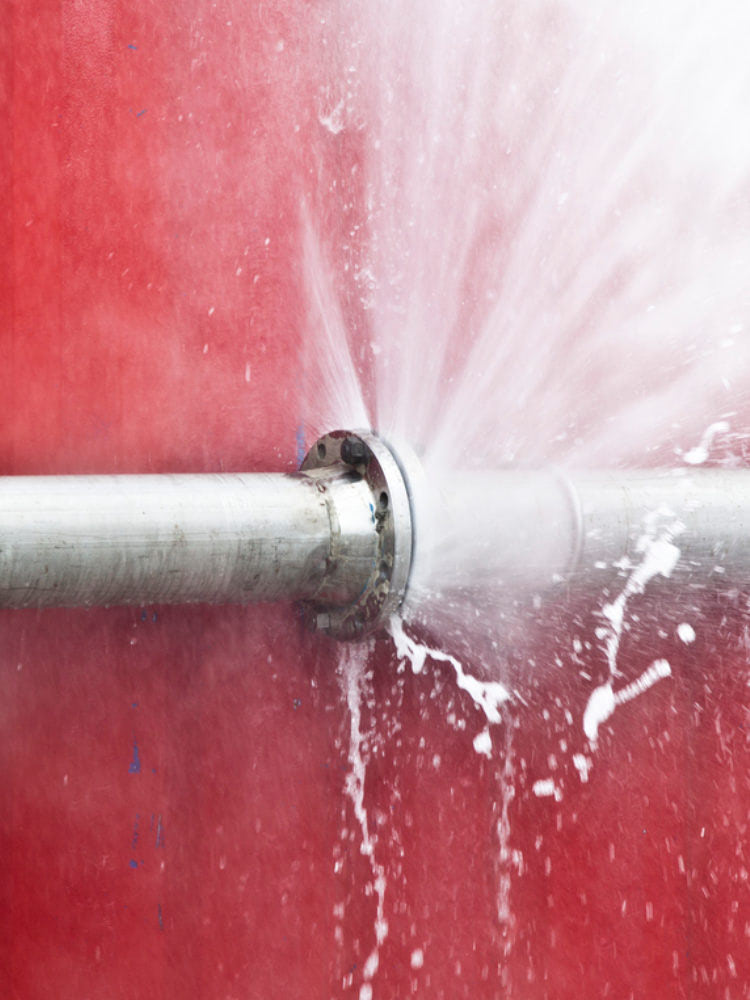Uncover Common Roots of Leak Problems Within Your Home
Uncover Common Roots of Leak Problems Within Your Home
Blog Article
Just about every person is bound to have their private thinking in relation to How Fast Water Damage Can Ruin Your Home.

Leaks not only create waste of water but can also create unneeded damage to your residence and also promote unwanted natural growth. Water leaks could go undetected because many of the pipework in our house is concealed. By recognizing as well as looking for everyday scenarios that cause leaks, you can protect your residence from future leaks and also unnecessary damages. Today, we will consider six leak creates that might be creating your pipes to leak.
Trespassing roots
Most water leaks begin outside the residence rather than inside it. You could discover damp patches or sinkholes in your lawn, and that might suggest that tree roots are attacking water lines creating water to leak out.
Rusty water supply
As time passes by, your plumbing system ages and also corrosion such as corrosion might begin eating away the pipelines. This could be the cause of discoloration or bending on your pipes. This requires an assessment with your plumber promptly. Take into consideration changing the pipes given that they are at a greater danger of corrosion than the more recent designs if our plumbing system is old.
Malfunctioning Pipeline Joints
The point at which your pipelines connect is often the weakest web link in the waterline. Pipe joints can degrade over time, causing water leaks. The majority of pipe joints are not quickly visible. If you have noisy pipes that make ticking or banging noises, specifically when the warm water is activated, your pipeline joints are possibly under a lot of pressure. It is recommended to have your plumber examine your system once a year.
Instantaneous temperature level changes.
Severe temperature level changes in our pipelines can create them to broaden and get suddenly. This growth and tightening might cause cracks in the pipelines, specifically if the temperature are below freezing. It would certainly be best if you kept an eye on exactly how your plumbing functions. The presence of the formerly stated conditions frequently indicates a high risk.
Poor Water Connectors
At times, a leak can be brought on by loosened tubes and also pipelines that supply your appliances. Generally, moving is what causes the loosened water Connections. You may find in the case of a cleaning equipment, a tube might spring a leakage due to shaking during the spin cycle. In case of a water links leak, you might notice water running directly from the supply line or puddles around your appliances.
Obstructed Drains
Clogged drains could be frustrating and inconveniencing, but they can often end up creating an overflow causing rupture pipelines. Maintain getting rid of any products that might drop your drains pipes that could clog them to avoid such hassles.
All the above are root causes of leakages but not all water leakages result from plumbing leakages; some leaks could come from roof leakages. All leaks ought to be fixed promptly to avoid water damage.
Leaks not only cause waste of water however can additionally create unnecessary damage to your house as well as promote undesirable natural development. By recognizing and also looking for everyday situations that trigger leaks, you can protect your residence from future leaks as well as unnecessary damage. Today, we will certainly look at six leakage creates that may be triggering your pipelines to drip.
At times, a leakage can be caused by loose tubes and pipes that provide your home appliances. In situation of a water connections leak, you may discover water running straight from the supply line or pools around your appliances.
How To Check For Water Leak In Your Home
How To Check for Leaks
The average household's leaks can account for nearly 10,000 gallons of water wasted every year and ten percent of homes have leaks that waste 90 gallons or more per day. Common types of leaks found in the home are worn toilet flappers, dripping faucets, and other leaking valves. These types of leaks are often easy to fix, requiring only a few tools and hardware that can pay for themselves in water savings. Fixing easily corrected household water leaks can save homeowners about 10 percent on their water bills.
To check for leaks in your home, you first need to determine whether you're wasting water and then identify the source of the leak. Here are some tips for finding leaks:
Take a look at your water usage during a colder month, such as January or February. If a family of four exceeds 12,000 gallons per month, there are serious leaks.
Check your water meter before and after a two-hour period when no water is being used. If the meter changes at all, you probably have a leak.
Identify toilet leaks by placing a drop of food coloring in the toilet tank. If any color shows up in the bowl after 10 minutes, you have a leak. (Be sure to flush immediately after the experiment to avoid staining the tank.)
Examine faucet gaskets and pipe fittings for any water on the outside of the pipe to check for surface leaks.
Undetected water leaks can happen without the home or business owner even realizing. If you suspect a water leak, but not able to find the source. It is time to contact a professional water leak detection service, The Leak Doctor.
How To Find a Water Leak In Your Home
https://www.leakdoctor.com/blog/How-To-Check-For-Water-Leak-In-Your-Home_AE197.html

We had been shown that report on How to Find Water Leaks through someone on a different web page. Sharing is caring. You won't know, you may be helping someone out. I thank you for reading our article about How Fast Water Damage Can Ruin Your Home.
Best decision? Contact. Report this page